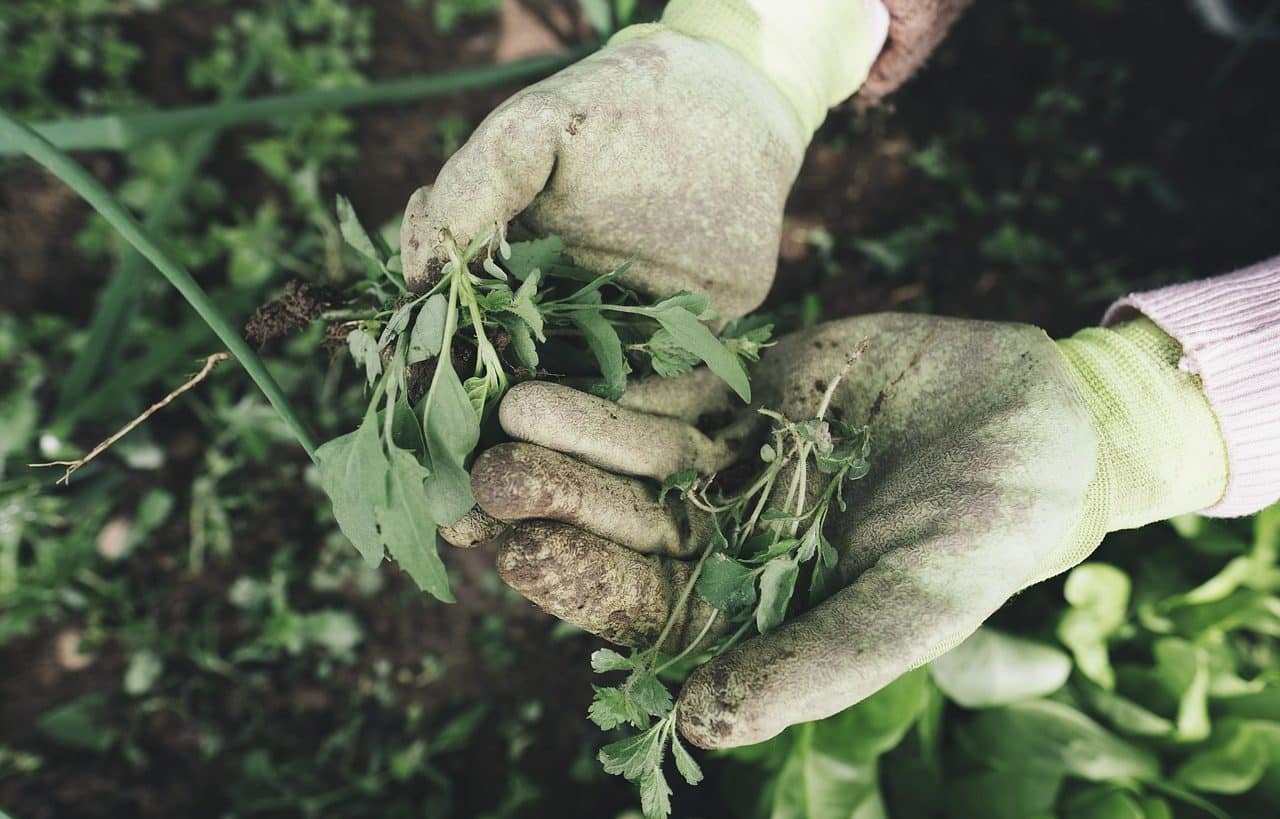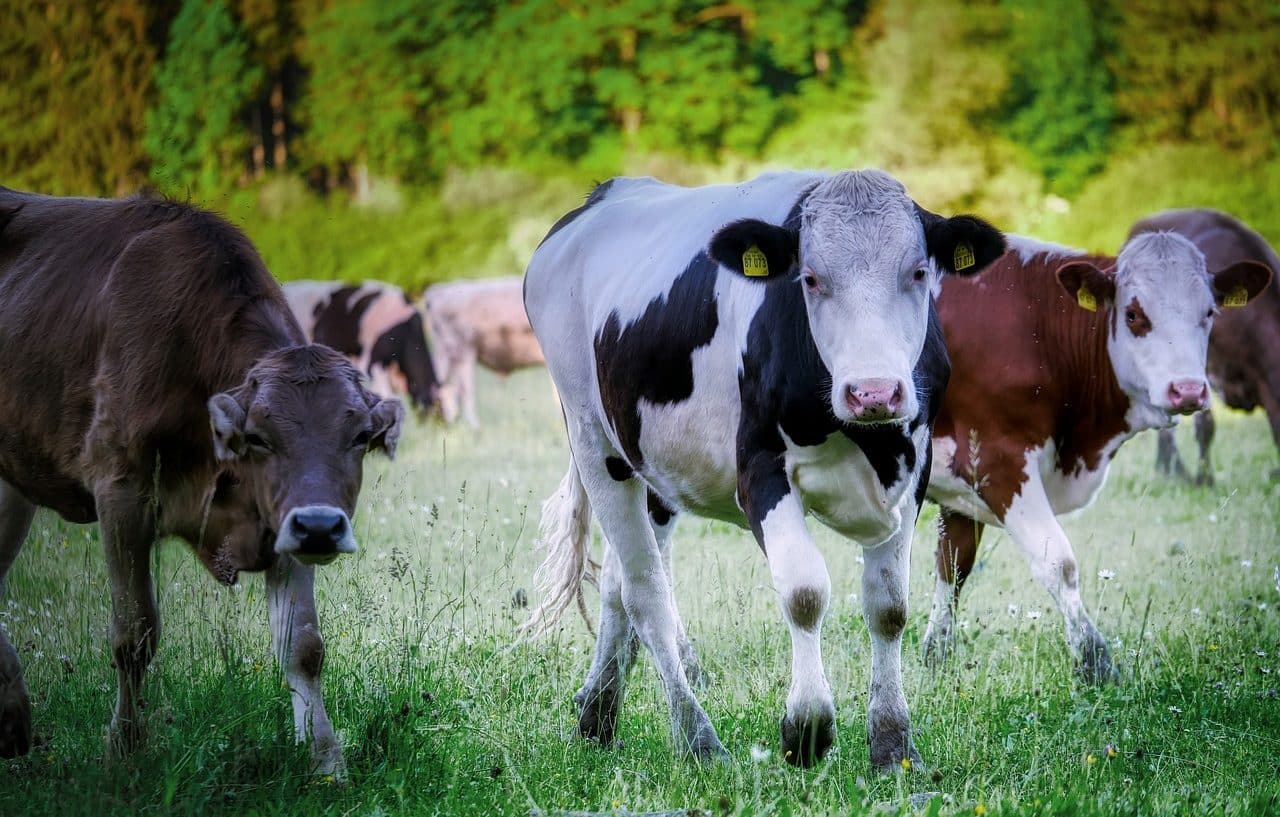
Agriculture is part of the primary sector of the economy.
The primary sector is the set of economic activities linked to fishing , livestock , mining and agriculture . Before moving forward with the definition, it is important to analyze several issues.
The concept of sector can be used in multiple ways. In the context of the economy , each group of commercial or productive activities is called a sector.
These divisions, in turn, can be grouped into three large sectors: the primary sector , the secondary sector and the tertiary sector . The primary sector is that made up of workers and companies that are dedicated to obtaining natural resources directly.
Primary sector products
In many cases, products from the primary sector do not reach the final consumer directly, but are first manufactured or processed by actors in the secondary sector.
Let's take the case of a farm where strawberries are grown. This farm is limited to growing the fruit and selling it to different markets and stores in the area. Its activity, therefore, can be included in the primary sector. This farm could also divert its strawberry production to a food industry company that manufactures sweets, candies and soft drinks with the fruit: in this way, the activity of this second company would belong to the secondary sector .
The fisherman who catches corvinas, brotolas and other fish and sells them on the beach; the company that extracts gold from a mine; the farmer who raises sheep and goats; and the farmer who grows apples are other economic actors who have their main activity in the primary sector.

The primary sector includes livestock.
Other activities
However, we cannot ignore that other activities that shape the primary sector are also considered:
- Forestry , which is focused on the care and maintenance of forests, as well as the cultivation of plants in them. This means that this proposal allows us to obtain everything from firewood for heating and ovens to fruits, as well as wood to make, for example, furniture.
- Aquaculture . Under this name is the activity of the primary sector that is responsible for the breeding of aquatic species, whether plant or animal. Both in fresh water and in sea water, these functions are carried out that allow us to obtain, fundamentally, algae, oysters, clams, mussels, trout, octopus, shrimp...
- Beekeeping , which is the activity that is responsible for raising bees, in order to obtain both honey for human consumption and wax for making items such as candles; pollen, royal jelly, propolis or apitoxin.
Difficulties of the primary sector
Despite the importance of the primary sector, we must not overlook the fact that it faces a series of problems every day that make its consolidation and development difficult. We are referring to the following:
- Aging of the population and fewer and fewer young people opting to dedicate themselves to these tasks.
- The migratory movements of inhabitants from the countryside (where primary sector activities are mainly carried out) to the city.
- The lack of resources and credits to encourage production.
